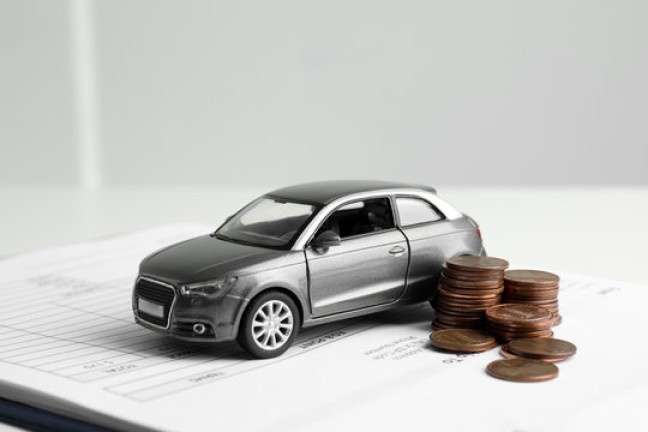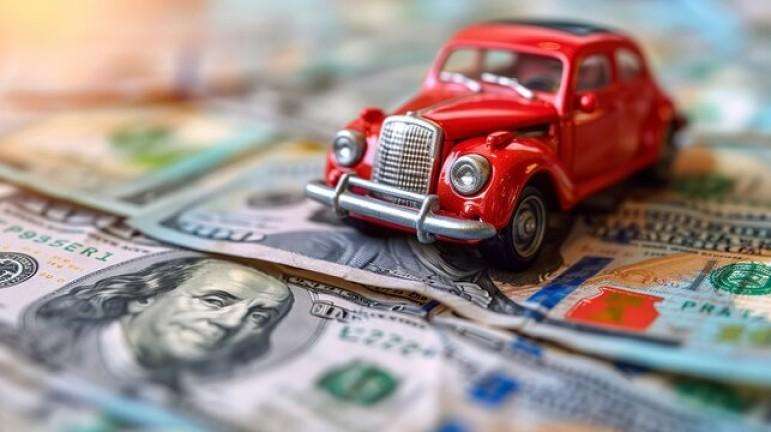When I first looked into financing a car, I found myself staring at a long list of acronyms and numbers—APR, down payments, terms, and interest rates. At first, it all seemed overwhelming. But after diving deep into the world of auto financing, I realized that understanding APR (Annual Percentage Rate) is one of the most important things you need to grasp before committing to a car loan.
In this article, I will walk you through what APR is, how it’s calculated, and how it affects your car financing. I will also provide examples to help you understand how a simple change in APR can affect your monthly payments and the total cost of your loan. Whether you’re a first-time car buyer or someone refinancing, this guide will give you the knowledge you need to make the best financing decision.
Table of Contents
What is APR?
APR, or Annual Percentage Rate, is the cost of borrowing money over the course of a year, expressed as a percentage. It’s not just the interest rate you pay on a loan but also includes any fees or additional costs that come with the loan. This makes it a more complete measure of how much you’ll pay for the loan, compared to just the interest rate. When I was first looking into car financing, I thought the interest rate was all that mattered, but APR gave me a clearer picture of the total cost.
Why Does APR Matter?
APR matters because it helps you understand the true cost of a car loan. Two loans with the same interest rate but different APRs might seem similar at first, but the one with the higher APR could end up costing you more in the long run due to added fees. A lower APR means you will pay less in interest, making the loan cheaper overall. As I soon learned, understanding APR helps you compare different financing offers and make a better decision.
How is APR Calculated?
APR is calculated based on several factors, such as:
- The interest rate: This is the percentage the lender charges you to borrow money. The interest rate is typically determined by your credit score and market conditions.
- Loan fees: Some loans come with origination fees, processing fees, or other charges. These are included in the APR calculation.
- Loan term: The length of your loan also affects your APR. Longer loan terms often have higher APRs.
Let’s say you take out a $20,000 car loan for five years at an interest rate of 5%. If the lender charges a one-time fee of $200 for processing, your APR would be higher than just the interest rate alone. I found it helpful to use an online APR calculator to understand how fees and rates combined would affect my payments.
Factors Affecting Your APR
Several factors will determine the APR you’re offered when financing a car. I learned that my credit score, the length of the loan, and the amount I put down all played a significant role. Here’s a quick breakdown of each:
- Credit Score: The better your credit score, the lower the APR you’ll likely be offered. A high credit score (above 740) could get you an APR as low as 3%, while someone with a score below 600 might see APRs closer to 15%.
- Loan Term: Longer loan terms (such as 72 months or more) tend to have higher APRs because they are riskier for the lender. Shorter terms typically have lower rates.
- Down Payment: The more you put down upfront, the less the lender has to finance. This lowers your overall loan amount and could result in a lower APR.
Let’s now look at an example of how your credit score might impact your APR.
| Credit Score | Estimated APR |
|---|---|
| 800+ | 3.0% |
| 740-799 | 4.5% |
| 680-739 | 6.0% |
| 600-679 | 10.0% |
| Below 600 | 15.0%+ |
How Does APR Affect Your Monthly Payment?
I noticed that a higher APR means higher monthly payments. This is because the total cost of the loan is higher when you pay more interest. Let’s look at an example. Imagine I’m financing a $25,000 car over 60 months (5 years).
Example: Car Loan with 5% APR vs. 10% APR
| APR | Monthly Payment | Total Interest | Total Paid Over 5 Years |
|---|---|---|---|
| 5% | $471.78 | $2,306 | $27,306 |
| 10% | $532.56 | $6,953 | $31,953 |
As you can see, the monthly payment increases with a higher APR, and the total amount paid over the life of the loan increases as well. The 10% APR costs me $4,647 more in total than the 5% APR loan, even though both loans are for the same amount and term.
Can I Negotiate APR?
While it might feel like your APR is set in stone, there are ways to potentially negotiate it. One strategy that helped me was improving my credit score before applying for a loan. By paying down debt and fixing any errors on my credit report, I was able to raise my score and secure a better APR. I also compared offers from different lenders, which allowed me to choose the loan with the lowest APR.
Some dealers may also offer promotional APRs, especially if they want to move inventory. However, these deals often come with terms and conditions that may limit their appeal, so it’s important to read the fine print carefully.
How APR Affects the Total Cost of a Loan
It’s essential to think about the long-term costs when financing a car. The APR might seem like a small number at first, but over the life of the loan, it can add up quickly. Here’s a table comparing the total costs of car loans at different APRs.
| Loan Amount | Term | 5% APR (Total Cost) | 10% APR (Total Cost) | Difference |
|---|---|---|---|---|
| $15,000 | 36 months | $16,376 | $17,784 | $1,408 |
| $25,000 | 60 months | $27,306 | $31,953 | $4,647 |
| $40,000 | 72 months | $44,289 | $53,433 | $9,144 |
As you can see, the higher APR means a significantly higher total cost over the life of the loan. If you’re planning to take out a larger loan or a longer-term loan, the APR becomes even more critical to pay attention to.
Conclusion: Is a Low APR Always the Best Option?
When I first started looking into car financing, I assumed that the lowest APR was always the best option. However, I quickly learned that other factors, like loan terms, fees, and down payments, also play a crucial role. For example, a 0% APR loan might sound amazing, but if the term is very short (such as 36 months), the monthly payments might be too high for my budget.
I also learned that some loans with higher APRs come with other benefits, such as longer repayment terms or lower down payments. It’s important to weigh all of these factors before deciding.
In the end, understanding APR helped me make an informed decision when financing my car. By comparing different offers, keeping an eye on my credit score, and knowing how APR would affect my monthly payments and the total loan cost, I felt confident in my choice. If you’re shopping for a car loan, I encourage you to take the time to understand APR fully—it will make a big difference in how much you end up paying for your vehicle.





